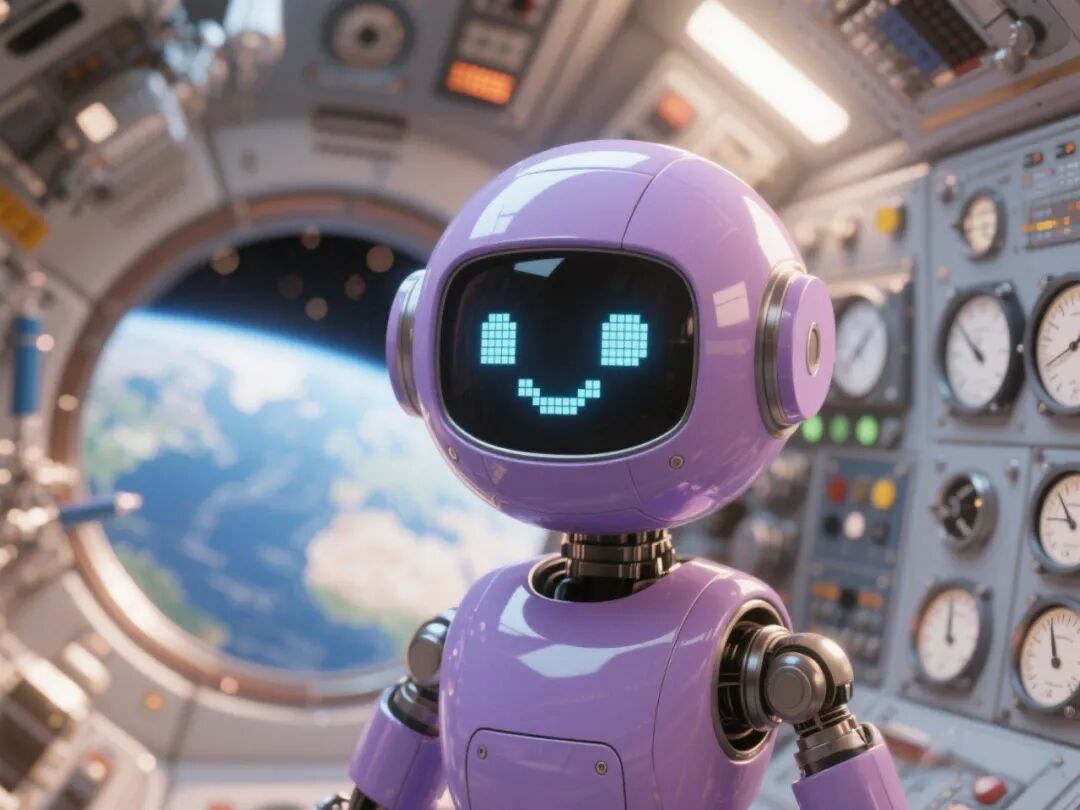
In this issue, let’s learn about robotics.

In the current wave of technological advancement, artificial intelligence is subtly permeating every aspect of life, and the field of robotics is innovating and iterating at an unprecedented speed. From the thoughtful services of smart assistants in homes to efficient production in automated factories; from precise medical treatments in rehabilitation to interactive inspiration in educational companionship, robots are opening up a new future that is both efficient and warm with their keen perception and autonomous decision-making.
What convenient services can robots provide for humans?
How can we ensure the safety of robots during operation?
What is the future direction of robot development?
01
How powerful are the “eyes” of robots?
Color Cameras: Like our eyes, they capture color and texture information. With the help of deep learning models (such as YOLO, Mask R-CNN), they can recognize pedestrians, obstacles, and objects in seconds.
Depth Cameras/Structured Light: With “3D glasses,” they can see how far objects are, generating point cloud maps that allow robots to distinguish whether there is a wall or a gap ahead.
LiDAR: 360° scanning of the environment with millimeter-level accuracy. Combined with SLAM algorithms, robots can navigate freely in complex environments without getting lost.
02
Robots’ “ears” are more attentive
Speech Recognition (ASR): Capturing commands through microphone arrays, they can instantly understand the meaning of commands like “Hello, bring me a small stool.”
Sound Source Localization: Analyzing the direction of sound to distinguish between human voices and environmental noise, allowing robots to focus on what you are saying.
Voiceprint Verification: Identifying the owner’s identity to activate “exclusive mode,” where the robot serves only you.
03
The “Mechanical Brain” Decision Architecture
In the decision-making process of the “mechanical brain,” robots first determine the task at hand, such as cleaning, delivering water, or returning to charge, and flexibly switch between these tasks; next, they quickly plan the most suitable route for movement, even in complex environments, trying different paths to select the smoothest one; finally, they continuously correct deviations during actual movement, adjusting on the go to ensure each step is stable and precise.
04
Learning and Adaptation — Making Robots Smarter
In terms of learning and adaptation, robots are continuously enhancing their “intelligence” through deep learning and reinforcement learning. In visual perception, transfer learning allows them to avoid starting training from scratch: by leveraging the “visual genes” obtained from pre-training on large datasets, robots can quickly recognize unfamiliar objects with only a few new samples.
In decision-making and action, reinforcement learning algorithms like PPO and SAC enable robots to optimize strategies through “trial and error”: whether it’s delicate operations like throwing and catching a ball or complex grasping with multi-joint arms, efficient training can be achieved on simulation platforms like MuJoCo and Roboschool.
Application Examples


Running a marathon is the ultimate test of a robot’s “real capabilities”: everystride anddecision is crucial for its adaptability in the real world. The team adopted a“reinforcement imitation learning” strategy: using high-fidelity simulation platforms, combined with random terrains and multi-sensor feedback, they optimized the algorithm repeatedly with rewards for stable gait, low energy consumption, and penalties for falls. This allowed the robot to go from “seeing how” to “practicing how,” ultimately enabling it to “run for real” with stable and sustained performance on the field.
The TianGong Ultra, a humanoid robot developed by the Beijing Humanoid Robot Innovation Center, won the championship at the 2025 Beijing Yizhuang Half Marathon. On the hardware side, it uses lightweight materials to reduce weight, a compliant leg and foot structure for shock absorption, and optimized joint heat dissipation; on the software side, it relies on the “Wisdom and Creation” platform to perceive the environment with multimodal sensors, precisely coordinating joints with self-developed motion control algorithms, and utilizing wireless navigation and quick battery replacement technologies to achieve stable long-distance running.
Robot!
After reading this “popular science” article, do you have a clearer understanding of how robots “see,” “hear,” “think,” and “act”? From perception, localization, decision-making to execution, every step embodies the hard work of engineers and scientists. In the future, with the continuous iteration of algorithms and hardware, robots will increasingly resemble “warm” partners, exploring the unknown and building a new intelligent world together with us.
Some images and text are sourced from the internet. If there is any infringement, please contact us for deletion.
More Reading
- AI Classroom | Issue 9: Deepseek and Manus
- AI Classroom | Issue 8: Intelligent Agents
Text by/Zhang Xinyue Edited by/Zhang Xinyue Images by/Nanfang Daily Edited by/Dong Zhuoer© University Library of the Chinese Academy of Sciences
More
Colorful
Content
Click the QR code on the right
Chinese Academy of Sciences
Library
